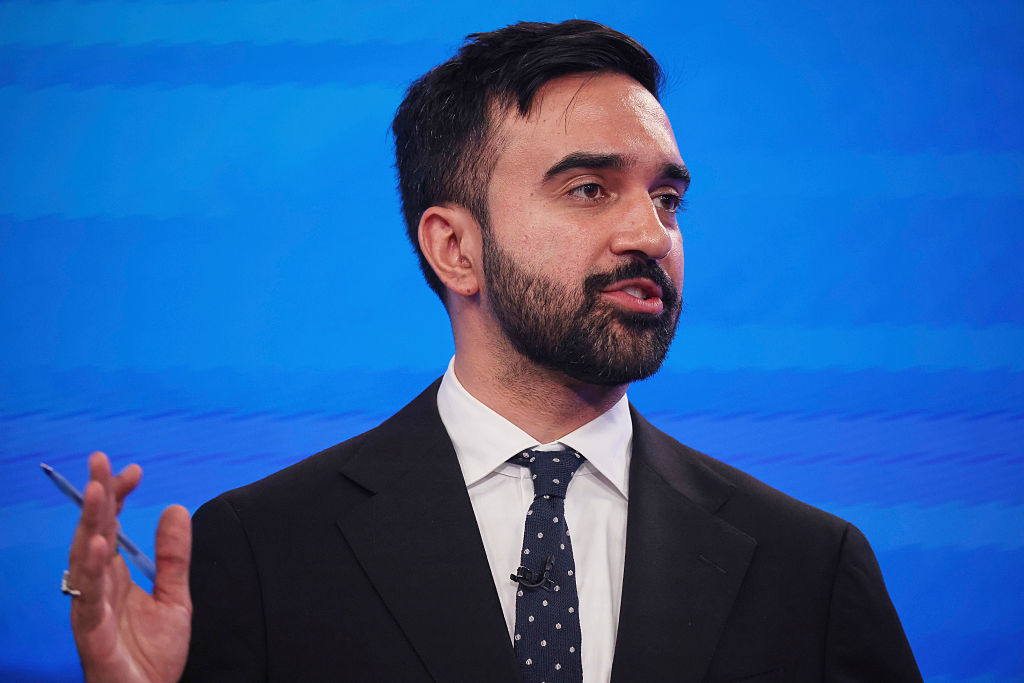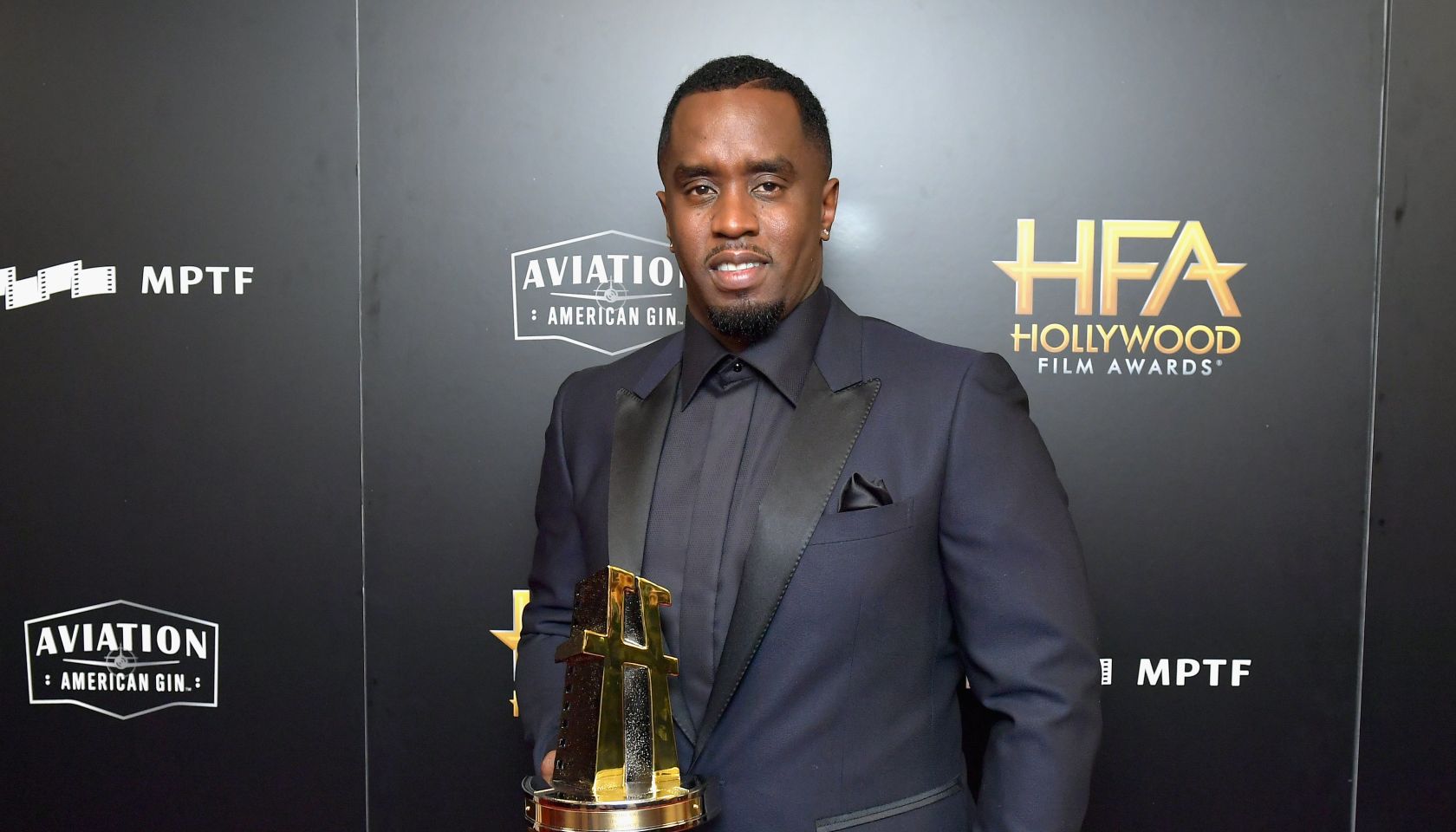The Retweet: How The Criminality Of Black Bodies Is Hurting Our Girls
The Retweet: How The Criminality Of Black Bodies Is Hurting Our Girls, Too
If the McKinney, Texas pool party incident woke America out of a historic and deliberate slumber that ignores systemic racism, we’d hope the thing that stands out most is the gendering of Black criminality.
Though we fight for the brown and Black faces of men and young boys that flash across our timelines — members of society usually taken away through an encounter with police — police violence against women of color is too often bowled into a gutter of other state violence issues that, while we mean to get to, are often forgotten.
Black women and their allies continue to work to protect all members of their communities, but the names keep stacking up. Tanisha Anderson. Rekia Boyd. Miriam Carey. Malissa Williams. Aiyana Stanley-Jones…and many more.
And most recently Dajerria Becton, the 15-year-old Black McKinney teenager who, while attending a pool party with friends, was brutally detained by White police officer Eric Casebolt. The officer, who swung the teenager by her hair and pinned her to the ground with both knees, has since resigned after video of the disturbing encounter was released. Casebolt, who also drew his weapon on two Black teenagers who came to Dajerria’s aid, did not kill anyone during the June 5 incident, but it’s not hard to imagine that Casebolt’s actions could have added yet another name to the list above.
“That black girl” who got slammed to the ground is Dajerria Becton. #SayHerName #BlackLivesMatter #EricCasebolt #McKinney
— candice (@Candice427) June 9, 2015
Fortunately, Dajerria’s physical injuries are minor. The emotional scars of being handled with such force while unarmed and wearing just a bikini will remain. But the trauma Black women and girls experience at the hands of police officers is just one facet — Black women and girls are often viewed as aggressive and threatening, thus justifying the force and mistreatment of them by both police and society. In fact, according to data from the Office for Civil Rights at the United States Department of Education, Black girls are disciplined far more than their White counterparts (at least ten times more, the New York Times points out). And according to the SentencingProject, the lifetime likelihood of imprisonment for Black women is 1 in 18. For White women? One in 111. Sadly, these racial disparities are cemented in the misperception that Black women are strong, combative, and volatile. And sadly, that’s likely what fueled Casebolt’s decision to use such force against a young, unarmed girl. That and a culture of police violence that excuses bad behavior and enforces a system of oppression. But like Twitter user Sydette Harry said:
I just want #safeblackgirls . How do we make #safeblackgirls
— Imperator Amazonia (@Blackamazon) June 7, 2015
In an interview with MTV, Harry explained her hashtag.
“I want a space where people who care about and live the lives of black girls could start to dream and brainstorm what safety would look like,” Harry told MTV News about the energy behind the hashtag.
“We begin from negatives too often when trying to change things. What if we started from places of care and love? How do we center black women and girls in their full humanity?”
Check out this week’s episode of The Retweet to explore the criminality of Black bodies (and Black women) and make sure to check out Harry’s hashtag, #SafeBlackGirls.
For more episodes of The Retweet, see here.
SOURCE: MTV, Twitter
The Retweet: How The Criminality Of Black Bodies Is Hurting Our Girls, Too was originally published on globalgrind.com
















